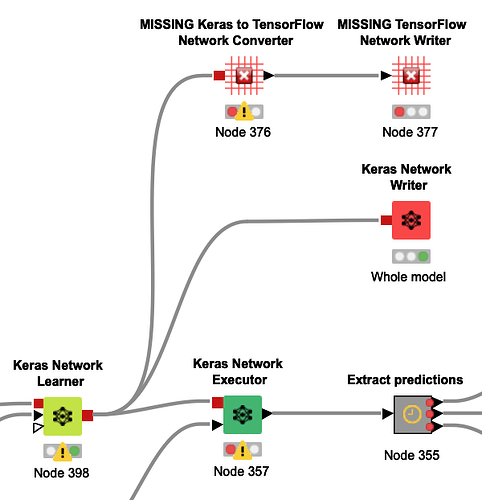When I started using OpenAI’s API access through Python, I experienced frequent challenges due to their ever-changing API endpoints. These constant updates have been a nightmare for developers. Every few months, new changes alter how we connect to their platform, forcing us to update tools and workflows repeatedly. It’s a frustrating and disruptive cycle, especially for those managing multiple projects.
I recently experienced a similar challenge when I reopened a workflow I developed in KNIME 5.2.0. This workflow included a CNN that took me over three months to perfect. To my surprise, it no longer worked in the latest KNIME version due to broken nodes and inconsistencies. Fixing it would require rewriting and relearning large parts of the workflow—an enormous investment of time and effort for something that previously worked perfectly.
Of course, I could stick to the old KNIME versions where everything worked, but then I’d miss out on all the new features and enhancements. It feels like a no-win situation: I can’t fully embrace the new tools without losing access to reliable workflows from older versions, and I can’t go back without sacrificing progress. Overall, I feel we are undermining the hard work and time that initial KNIME developers invested to create reliable nodes like Keras and Tensorflow nodes for CNNs and image processing.
While innovation and new features are exciting, it’s essential to ensure reliability and backward compatibility. Rapid updates can inadvertently disrupt workflows, leaving users to rebuild complex solutions from scratch. Reliable tools that once performed seamlessly now feel like they are being “dragged along” without sufficient updates to maintain functionality.
I wonder:
-
Am I alone in this? Have others faced similar issues with broken workflows?
-
Should KNIME consider focusing on slower, more deliberate updates that ensure compatibility and reliability over time?
KNIME has always been a community-driven platform, and I believe it has the potential to strike a balance between innovation and stability. Building tools we can trust and maintain for the long term will always be more valuable than rushing for new fancy features at the expense of reliability.
Let me know your take on this.
AG.
